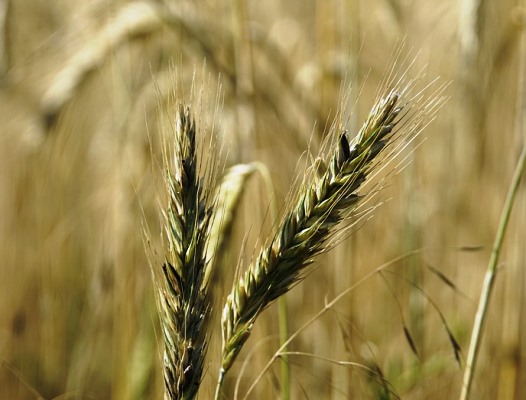The results of the Max-Rubner-Institute (MRI) for Cereal Safety and Quality on the mycotoxin contamination of the 2022 cereal harvest are available.
While no major abnormalities were found in the 1500 wheat samples submitted for DON and ZEA, the 680 rye samples look poorer this year compared to last year with regard to ergot contamination. On average, 1.0 g/kg sclerotia was found in the rye. Last year, the value was significantly lower at 0.4 g/kg. In about one third of the samples the maximum amount of 0.5 g/kg was exceeded.
The ergot fungus (Claviceps purpurea) is a tubular fungus species that mainly attacks the rye ears. These then contain the typical black sclerotia in which the fungus can hibernate protected. Special measures are required during cultivation, harvesting and processing of the grain to avoid contamination of feed and food with ergot alkaloids. This also includes the regular analytical control of the harvested crop and the milled products.
The AGROLAB food and feed laboratories are the experts in cereal analysis in Europe. From seed evaluation and pre-harvest quality determination to the nutritional profile of breakfast cereals, we accompany the entire process chain of cereal production and processing with our comprehensive analytical portfolio.
YOUR PLUS: In addition to mycotoxins, we also determine the ergot and ergot alkaloid content according to recognised and accredited methods.
MRI press release
Autor: Dr. Frank Mörsberger

 Contact
Contact

 Contact
Contact Career
Career